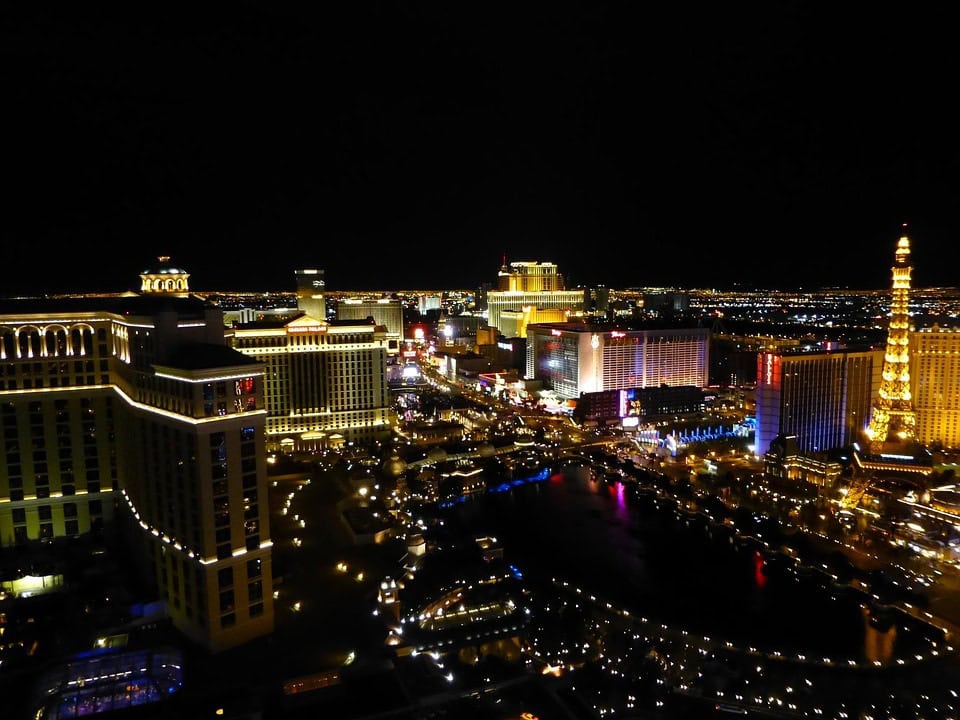
Image source: https://pixabay.com/photos/vegas-strip-night-sky-las-vegas-105507/
Pop culture keeps nudging casino entertainment in new directions. Streaming series, blockbuster films, and music icons seep into game design and branding. With faster tech pipelines, studios can react to trends and keep rooms and apps feeling current. Online play drifts between solo time and social time, which makes gambling feel more ordinary, almost woven into daily life. BetMGM’s 2024 report suggests nearly 48% of new users say pop-culture themes were the reason they tried online gambling. What once felt like pure chance now reads more like a cultural outing, a blend of entertainment, technology, and relationships that keeps reshaping itself.
Media integration shapes casino experiences
Industry snapshots from 2024 indicate that over 60% of new titles lean on movie, TV, or celebrity branding as a core hook. Superhero universes and prestige dramas, that sort of thing, appear on reels and even in table layouts. Familiar characters seem to keep people on platforms longer, which likely helps retention. Armchair Arcade notes that film and TV tie-ins tend to roll out quickly after a hit premiere, so content stays visible and fresh.
Casinos pivot fast; trending properties land in lineups within weeks. Licensed soundtracks, cinematic interludes, and narrative bonus rounds try to recreate a bingeable feel. Campaigns spill onto social feeds and streaming services to widen the audience. Engagement tends to climb, particularly among millennials and Gen Z, whose entertainment-led gambling spend reportedly rose 22% last year. Pop culture now sits everywhere, on the floor and in online lobbies.
Digital platforms and celebrity engagement drive participation
Online ecosystems speed up this blending. Themed slots and live casino rooms based on viral shows or celebrity brands debut swiftly on digital platforms. In 2025, SCCG Management pointed to roughly a 35% bump in activity tied to the fastest-moving pop culture releases. Streamed celebrity tournaments and branded giveaways layer in influencer culture, adding a touch of gloss and a little FOMO. Social channels amplify reach with behind-the-scenes snippets and limited-time promos.
According to Hollywood.com, operators are leaning into virtual reality events and AI-led personalization to keep pace with digital trends. Multiplayer modes and voice chat make it simple to share sessions. Crypto and contactless payments match what tech-forward audiences expect. The line between casino play and broader digital entertainment looks very thin now, maybe not erased but close. In near real time, pop culture steers which themes, events, and personalities soak up attention.
Relationship status and the mainstreaming of casino entertainment
Casinos’ pop-culture makeovers echo outside the gaming space. BetMGM’s 2024 research suggests more than 37% of couples view casino nights, in person or online, as workable date plans. What used to be solo gets reframed as a group plan or a date-night experiment. VR sessions with multiplayer features and arcade-style games encourage friendly competition among couples and friend groups. Shared wins and losses turn into storytelling later, which seems to broaden the appeal.
Normalization shows up in everyday chats and planning. Couples trade notes on favorite slots or themed table games and treat it like any other weekend plan. Some experts, to be fair, flag potential strains. Easy access can lead one partner to overdo it, which may cause friction. Even so, the broader arc points to casino play becoming another way to spend time together in a culture shaped by movies, series, and celebrity buzz.
Technology as a relationship catalyst and disruptor
New technology is reshaping how people interact around casinos. VR and AR venues create shared adventures even when people are apart. AI-driven recommendations tailor sessions, which can make joint play feel more engaging. Hollywood.com’s 2025 analysis links group play, both onsite and remote, to more than a 40% lift, credited to multiplayer arcade formats and experience-led nights. Many of these formats borrow from pop culture and pull in crowds that collaborate or compete, sometimes both.
There is a flip side. As global tournaments and immersive sessions stack up, boundaries between work, play, and relationship time can blur. Crypto wallets and more anonymous play increase privacy, which can be useful but also complicates transparency between partners. In short, the tech that expands how we connect can also tangle the routines that kept together-time simple.
Responsible gambling and social balance
With pop culture pushing casino entertainment further into the mainstream, access feels easier and the stigma lighter. Balance still matters. Couples and friends might want to talk through limits, set budgets, and check in on habits together. Industry helplines and digital limit tools offer safeguards and work best when used early. Responsible play keeps the fun parts intact and lowers the odds that a hobby turns into a problem. As entertainment and technology shift, a mindful approach helps keep casino experiences engaging and sustainable.
